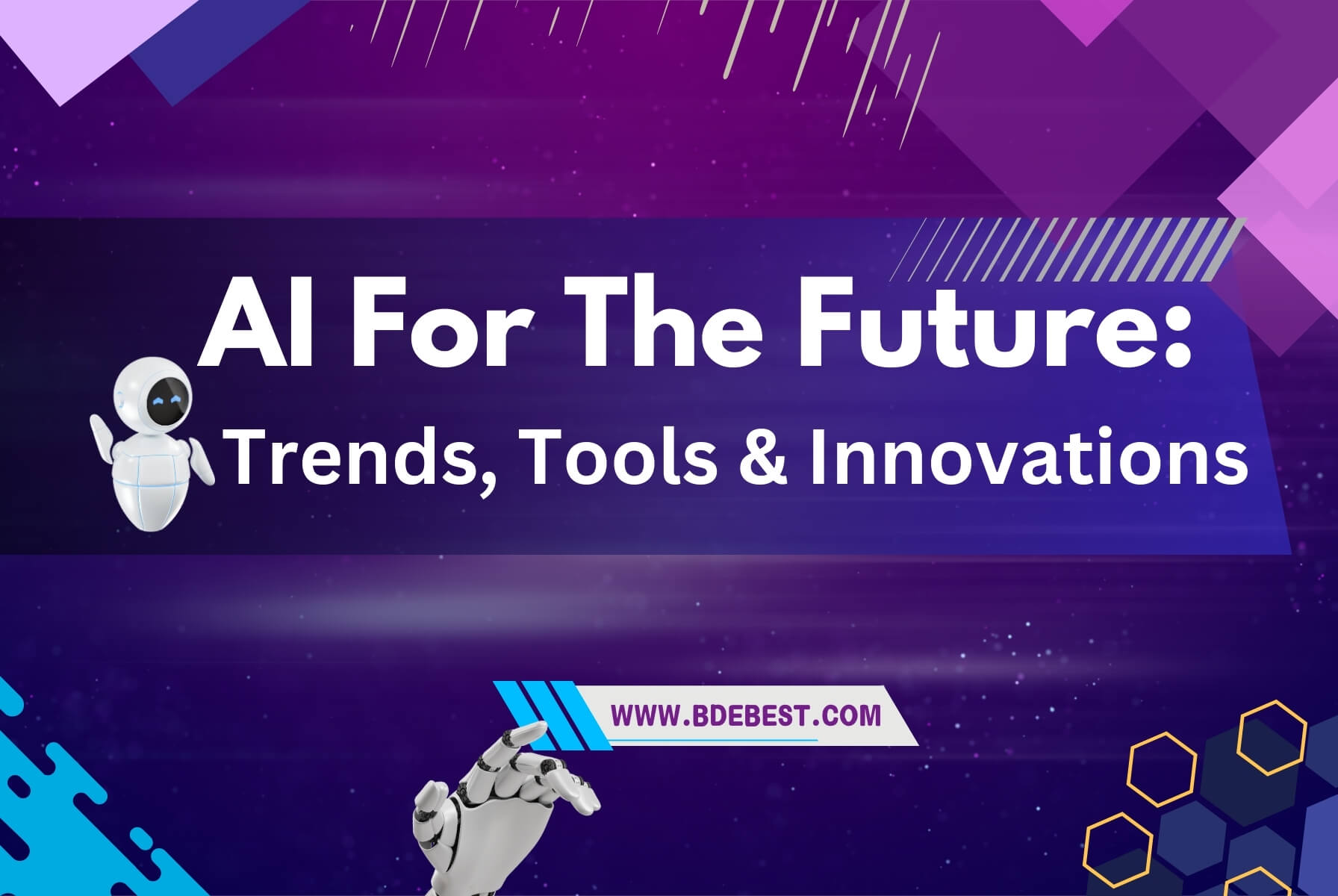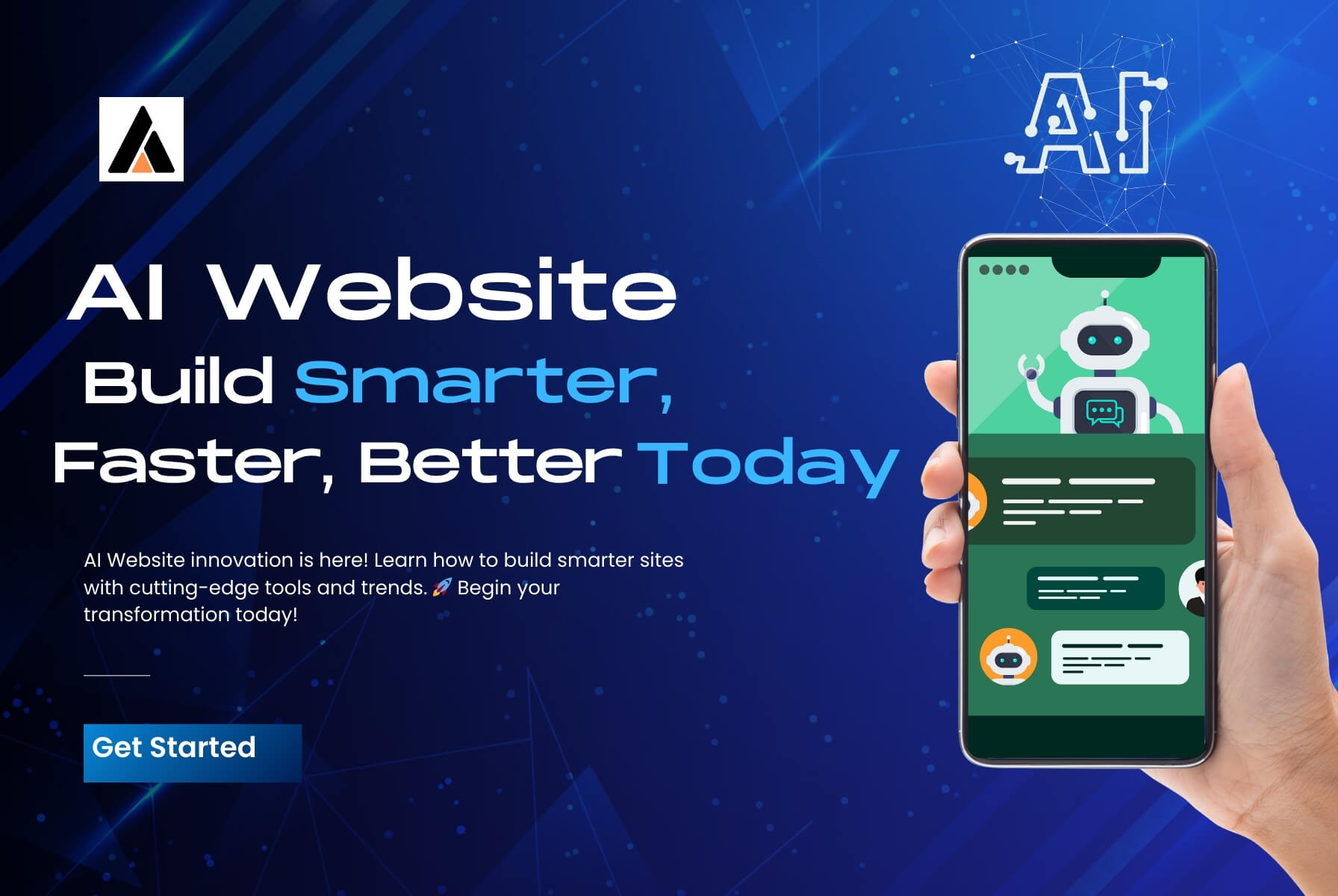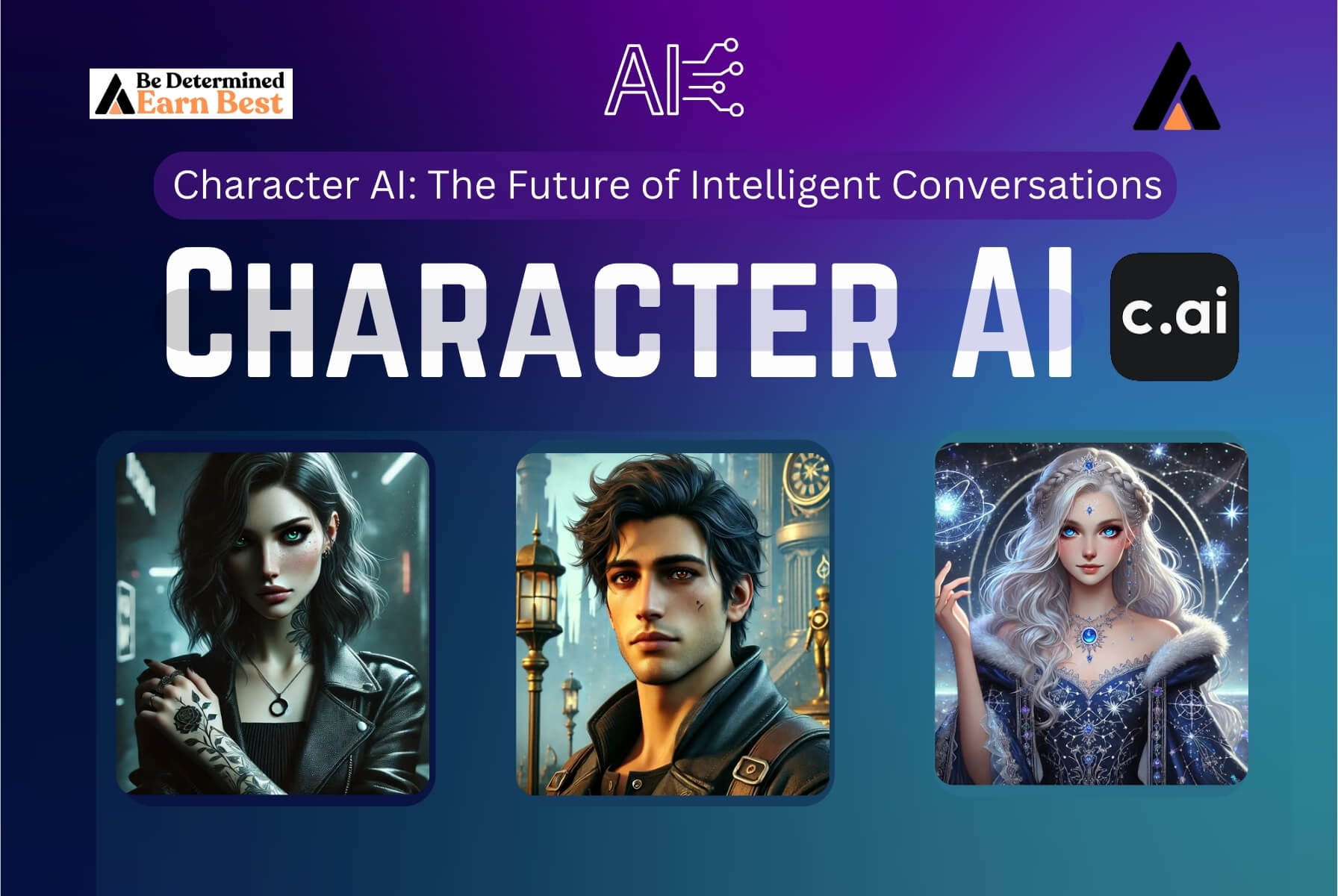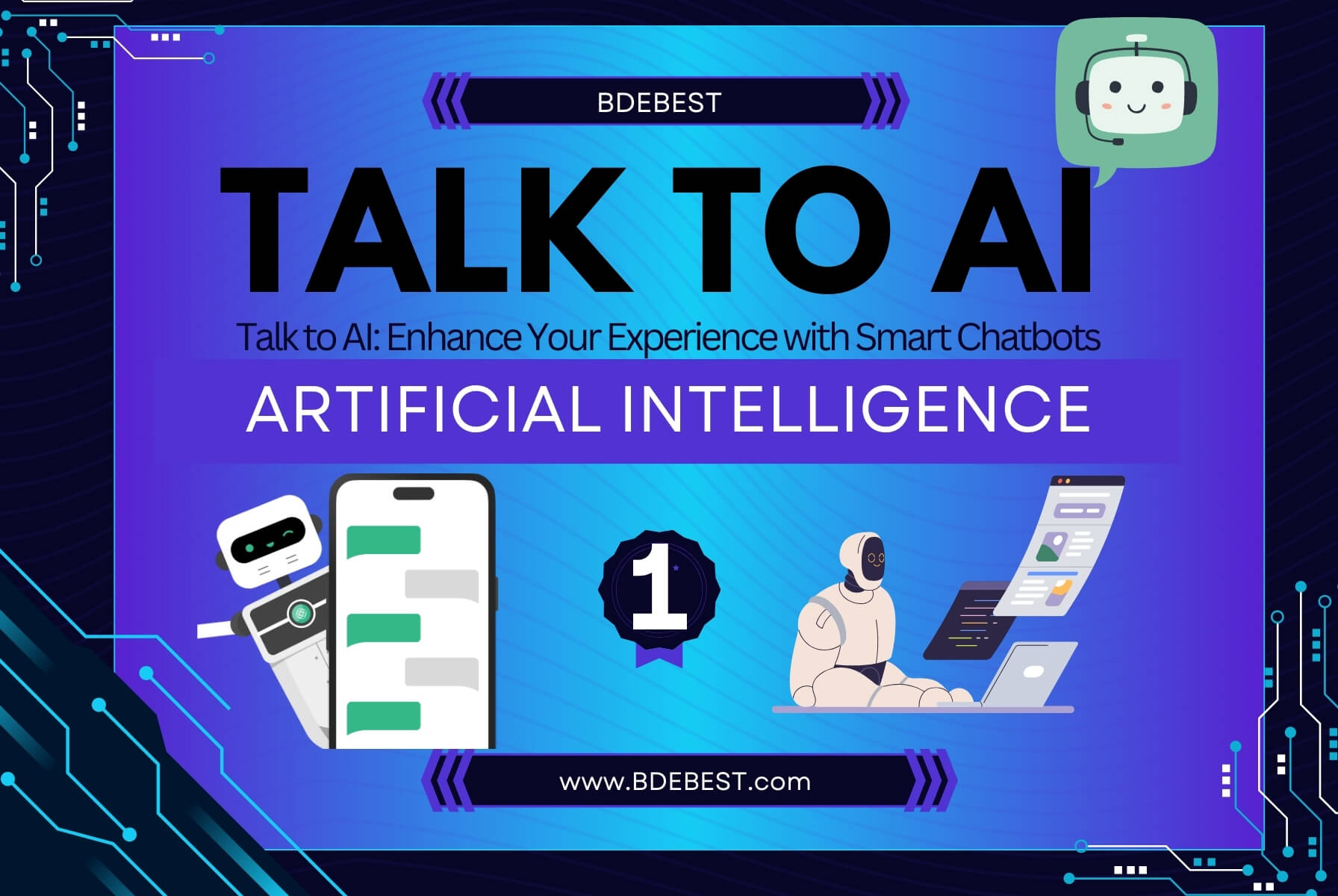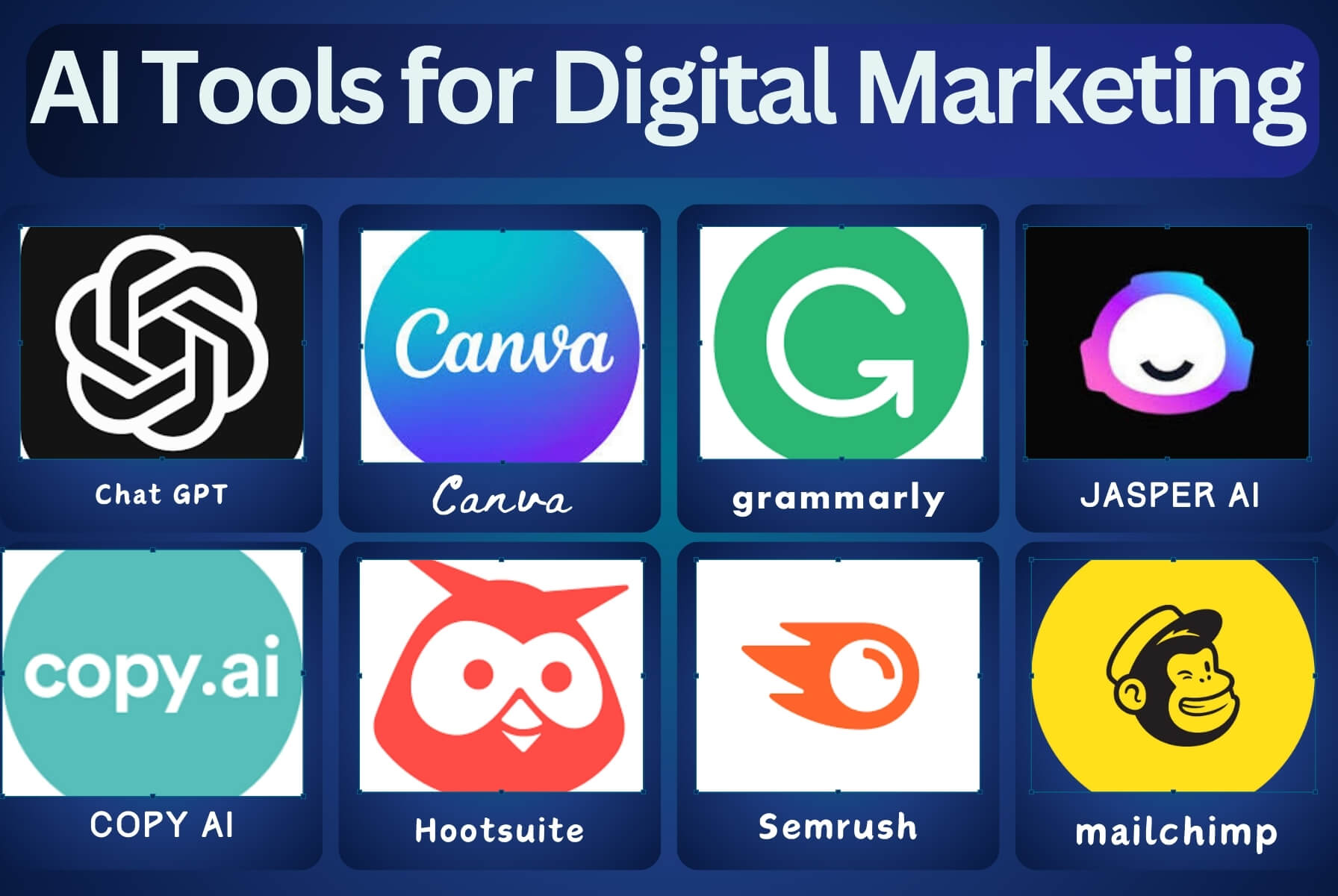In the modern technology-driven era, AI chatbots have become indispensable for facilitating digital communication. These intelligent systems simulate human-like conversations, offering solutions for customer service, personal assistance, and more. As advancements in conversational AI continue, platforms like Bing AI Chat and Google AI Chatbot are setting new standards in usability and innovation. Meanwhile, the evolution of models like Chatbot GPT demonstrates the transformative power of artificial intelligence in shaping how we interact with technology.
1. What is an AI Chatbot?
1.1 Definition of AI Chatbot
An AI chatbot is a software application created to mimic human interactions through artificial intelligence. These systems leverage advanced technologies such as machine learning, natural language processing (NLP), and conversational AI to understand and respond to user inputs.
AI chatbots differ from traditional chatbots by their ability to:
- Understand context and intent behind queries.
- Learn and improve from past interactions.
- Provide personalized responses based on user behavior.
1.2 Key Features of AI Chatbots
- Natural Language Understanding and Processing:
- Enables chatbots to comprehend user queries in a human-like manner.
- Example: Google AI Chatbot excels in interpreting complex language structures.
- Continuous Learning Through Machine Learning:
- Allows chatbots to evolve over time by analyzing user interactions.
- Example: Chatbot GPT improves its accuracy with every query it processes.
- User-Friendly Interfaces:
- Designed for seamless integration across various platforms.
- Accessible through websites, apps, and even voice commands, such as with Bing AI Chat.
2. Evolution of AI Chatbots
2.1 The History of Chatbots
The journey of chatbots began with simple programs like ELIZA, a 1960s chatbot that mimicked therapist responses. Although groundbreaking for its time, ELIZA lacked true understanding or adaptability.
With advancements in artificial intelligence, chatbots evolved into AI-driven systems:
- Introduction of machine learning allowed chatbots to adapt and improve.
- Development of conversational AI brought contextual understanding to the forefront.
2.2 Milestones in AI Chatbot Development
- The Launch of Chatbot GPT by OpenAI:
- Revolutionized conversational AI with natural and detailed responses.
- Became a foundation for many modern chatbots.
- Google AI Chatbot Innovations:
- Focused on real-time data processing and multilingual capabilities.
- Known for its ability to deliver precise and context-aware responses.
- Introduction of Bing AI Chat:
- Integrated with Microsoft’s ecosystem, providing seamless interactions.
- Features include robust search capabilities and voice-based communication.
3.How Do AI Chatbots Work?
AI chatbots are at the forefront of digital transformation, enabling seamless communication between humans and machines. In this section, we’ll delve into the core technologies behind AI chatbots, the role of GPT models, and how conversational AI powers real-time, context-aware communication.
3.1 The Technology Behind AI Chatbots
Natural Language Processing (NLP)
Natural Language Processing (NLP) serves as the core technology behind AI chatbots. It allows machines to understand, interpret, and respond to human language in a way that feels natural and intuitive. NLP processes user inputs to detect intent, interpret emotions, and generate coherent responses.
Conversational AI Principles
Conversational AI goes beyond basic text processing. It enables AI chatbots to:
- Engage in multi-turn conversations.
- Retain context to offer meaningful responses.
- Adapt to different user tones and preferences.
Machine Learning and Adaptability
Machine learning enables AI chatbots to improve and adapt progressively over time. By analyzing past interactions, chatbots improve accuracy, enhance personalization, and better address complex queries.
Example: Platforms like Bing AI Chat and Google AI Chatbot use advanced machine learning to provide tailored responses based on user preferences.
3.2 Role of GPT Models in AI Chatbots
How GPT Models Power Intelligent Conversations
GPT (Generative Pre-trained Transformer) models are pivotal in creating human-like interactions. They leverage large datasets to generate contextually accurate and creative responses.
Key Features of GPT Chatbots:
- Ability to understand and generate natural language.
- High adaptability to various conversational scenarios.
- Efficient handling of complex, multi-faceted queries.
Case Study: Chatbot GPT’s Capabilities
Chatbot GPT by OpenAI demonstrates how AI-powered chatbots can mimic human-like conversations. For example:
- In customer support, Chatbot GPT efficiently resolves queries with high accuracy.
- In education, it provides personalized tutoring, answering subject-specific questions.
3.3 Conversational AI: The Core of AI Chatbots
What is Conversational AI?
Conversational AI refers to technologies that enable machines to simulate natural conversations. It combines NLP, machine learning, and dialogue management systems to create dynamic, real-time communication.
How It Enables Real-Time and Context-Aware Communication
Conversational AI ensures that AI chatbots:
- Maintain context throughout a conversation.
- Adapt responses based on user behavior and preferences.
- Engage users with relevant, personalized interactions.
4. Popular AI Chatbot Platforms
AI chatbots are now accessible through various platforms, offering businesses and individuals innovative ways to interact with technology. Below are the leading platforms and options for free AI chatbots.
4.1 Leading AI Chatbots in the Market
Bing AI Chat
Bing AI Chat stands out for its:
- Integration with Microsoft tools.
- Contextual search capabilities.
- Efficient responses tailored to user queries.
Google AI Chatbot
Google AI Chatbot leverages advanced NLP and machine learning to provide:
- Precise answers to diverse queries.
- Seamless integration with Google’s ecosystem.
- Exceptional conversational AI for customer support.
Chatbot GPT by OpenAI
Chatbot GPT is renowned for its:
- Versatile applications across industries.
- Ability to generate natural, human-like conversations.
- Consistency in delivering personalized experiences.
4.2 Exploring Free AI Chatbots
Benefits of Free AI Chatbots
- Cost-effective solutions for startups and small businesses.
- Easy-to-use platforms for basic customer support and engagement.
Examples of Popular AI Chatbot Free Platforms
- Bing AI Chat offers a free version for basic queries.
- Other online tools provide free access to AI-powered conversational systems.
How to Access AI Chatbot Online Tools
- Many platforms provide web-based interfaces requiring no installation.
- Free AI chatbots can be integrated into websites for seamless customer interaction.
 5. Benefits of AI Chatbots
5. Benefits of AI Chatbots
AI chatbots provide transformative benefits for businesses and end-users alike. Let’s explore how they enhance customer experiences, improve cost efficiency, and boost productivity.
5.1 Enhancing Customer Experience
Personalized Interactions with Conversational AI
Conversational AI enables AI chatbots to:
- Understand user preferences.
- Deliver responses that feel personal and relevant.
- Retain context for meaningful multi-turn conversations.
Impact of Bing AI Chat and Google AI Chatbot
Platforms like Bing AI Chat and Google AI Chatbot offer:
- 24/7 availability for instant query resolution.
- User-friendly interfaces for a better experience.
5.2 Cost Efficiency for Businesses
Reducing Operational Costs
AI chatbots automate repetitive tasks, allowing businesses to:
- Reduce staffing costs.
- Scale operations without significant investment.
AI Chatbot Integration in Business Workflows
Companies can use AI chatbot online tools to streamline processes such as:
- Customer support ticketing.
- Lead generation and qualification.
5.3 Boosting Productivity
Automating Repetitive Tasks
AI chatbots free up employees by handling FAQs, appointment scheduling, and more.
Real-World Examples
- Chatbot GPT has transformed how businesses approach customer engagement by automating complex queries while maintaining accuracy.
AI Chatbots in Real-Life Applications: Transforming Industries and Interactions
AI chatbots have become a pivotal technology in reshaping how industries operate, communicate, and deliver services. By leveraging conversational AI, these intelligent tools are addressing real-world challenges and enhancing productivity across sectors like customer service, healthcare, and education.
6. AI Chatbots in Real-Life Applications
6.1 AI Chatbots in Customer Service
AI chatbots are revolutionizing customer service by offering instant, accurate, and scalable support. Platforms like Bing AI Chat and Google AI Chatbot have set new benchmarks for efficiency.
Case Study: Bing AI Chat
- Seamless Query Resolution: Bing AI Chat excels in addressing user inquiries, leveraging advanced conversational AI to provide quick and contextually relevant responses.
- Enhanced User Engagement: With its ability to understand and predict user intent, Bing AI Chat reduces response time and improves satisfaction.
Case Study: Google AI Chatbot
- Real-Time Assistance: Google AI Chatbot supports users with instant, data-driven solutions, making it invaluable for businesses managing high query volumes.
- Personalization: By analyzing user data, Google AI Chatbot delivers personalized experiences, fostering customer loyalty.
6.2 AI Chatbots in Healthcare
AI chatbots are transforming healthcare by streamlining processes and improving patient access to information.
Patient Triage and Virtual Assistance
- Conversational AI for Symptom Assessment: AI chatbots guide patients through triage by analyzing symptoms and recommending next steps.
- 24/7 Virtual Assistance: Tools like AI chatbot online enable patients to talk to AI assistants anytime, enhancing accessibility.
Benefits in Healthcare
- Reduced burden on healthcare professionals by handling repetitive queries.
- Improved patient satisfaction through immediate responses and follow-ups.
6.3 AI Chatbots in Education
In the education sector, AI chatbots are enhancing learning experiences and making education accessible to a global audience.
Free AI Chatbot Tools
- Support for Students: Many free AI chatbots offer tutoring, homework assistance, and exam preparation, making learning more effective and personalized.
Interactive Learning with GPT Chatbot
- Dynamic Engagement: GPT Chatbots create interactive lessons, making complex topics easier to understand.
- Adaptive Learning Paths: By analyzing a student’s progress, these chatbots suggest customized learning plans.
 7. Challenges and Limitations of AI Chatbots
7. Challenges and Limitations of AI Chatbots
Despite their potential, AI chatbots face certain challenges that impact their performance and reliability.
7.1 Common Challenges
Understanding Complex Emotions
- While AI chatbots excel in task-based interactions, they struggle to grasp emotional nuances, limiting their ability to empathize effectively.
Multi-Lingual and Context-Specific Tasks
- Language Barriers: AI chatbots often lack proficiency in less common languages.
- Contextual Limitations: They may fail to deliver precise responses in domain-specific scenarios.
7.2 Privacy and Security Concerns
Data Security Risks
- AI Chatbot Online Threats: Collecting and storing user data exposes vulnerabilities to cyber threats.
- Mitigation Measures: Ensuring end-to-end encryption and strict data protocols are essential for safe interactions.
Ethical AI Development
- Companies must prioritize ethical AI practices to minimize bias and enhance user trust.
8. The Future of AI Chatbots
AI chatbots are evolving rapidly, offering exciting possibilities for the future.
8.1 Emerging Trends
AI Chatbots with Emotional Intelligence
- Future chatbots will likely have enhanced emotional intelligence, enabling them to understand user sentiments better and respond empathetically.
Integration with IoT
- AI chatbots will seamlessly connect with smart devices, creating unified ecosystems for homes, offices, and industries.
8.2 Predictions for Leading Platforms
Bing AI Chat and Google AI Chatbot
- Continued innovation will enable these platforms to handle increasingly complex queries and deliver richer experiences.
Advancements in GPT Chatbot Models
- New GPT chatbot iterations will likely improve in contextual understanding and adaptability, further solidifying their role in human-computer interactions.
FAQs About AI Chatbots
9.1 What Is an AI Chatbot, and How Does It Work?
An AI chatbot is a program that uses artificial intelligence to simulate human-like conversations. Unlike traditional rule-based chatbots, AI chatbots leverage technologies like natural language processing (NLP), machine learning, and conversational AI to understand context, process inputs, and deliver relevant responses.
Core Features of AI Chatbots:
- Context Awareness: Recognizes the intent behind user inputs.
- Learning Capabilities: Continuously improves through user interactions.
- Versatility: Handles diverse tasks, such as answering questions, providing recommendations, or automating workflows.
For instance, platforms like Bing AI Chat and Google AI Chatbot demonstrate how advanced AI enables smooth and intuitive conversations, revolutionizing how we interact with technology.
9.2 What Are the Best AI Chatbots Available Today?
Several top-notch AI chatbots have set industry benchmarks with their capabilities and user-friendly features. Below are some of the best:
- Bing AI Chat: Combines conversational AI with Microsoft’s powerful search engine, offering accurate and real-time responses.
- Chatbot GPT: Developed by OpenAI, it excels in understanding nuanced queries and providing human-like responses. It’s ideal for creative and technical tasks.
- Google AI Chatbot: Powered by Google’s state-of-the-art machine learning models, this chatbot is renowned for its speed, accuracy, and extensive knowledge base.
These platforms highlight the potential of AI chatbot technology to serve various industries, from customer service to education.
9.3 Are There Free AI Chatbot Options Available?
Yes, there are several free AI chatbot tools available for both personal and business use. These tools allow users to experiment with conversational AI without any initial investment.
Popular Free AI Chatbot Platforms:
- OpenAI’s Free Version of Chatbot GPT: Perfect for individual exploration and small-scale applications.
- Bing AI Chat (Free Tier): Offers robust conversational capabilities at no cost.
- AI Chatbot Online Tools: Web-based solutions that require no installation and are accessible anywhere.
Benefits of Free AI Chatbots:
- Cost-Effective: No upfront or subscription fees.
- Accessibility: Great for startups or individuals with limited budgets.
- Scalability: Allows users to explore functionality before committing to premium plans.
These options provide a seamless way to talk to AI and experience its transformative potential.
9.4 How Secure Are AI Chatbot Online Platforms?
The security of AI chatbot online platforms is a critical concern, especially for businesses handling sensitive data. Leading platforms like Bing AI Chat and Google AI Chatbot prioritize data protection through robust security protocols.
Privacy and Data Security Features:
- Encryption: Ensures that user conversations are protected during transmission.
- Anonymization: Sensitive information is often anonymized to protect user identity.
- Compliance: Adheres to data privacy regulations like GDPR or CCPA.
Best Practices for Users:
- Verify the platform’s privacy policy.
- Avoid sharing sensitive personal or financial information.
- Opt for AI chatbots from reputable providers to reduce potential security vulnerabilities.
By adopting these measures, users can safely leverage the benefits of conversational AI.
AI chatbots have become a cornerstone of modern technology, transforming how humans interact with digital systems. From improving customer experiences to automating workflows, the versatility of tools like Bing AI Chat, Google AI Chatbot, and Chatbot GPT underscores their growing importance.
The advent of conversational AI ensures that chatbots continue to evolve, offering smarter and more intuitive interactions. As businesses and individuals increasingly rely on these tools, it’s essential to explore their full potential while being mindful of security and ethical considerations.
For anyone looking to enhance their digital engagement, now is the perfect time to explore free AI chatbot options or invest in advanced platforms to unlock new possibilities. The future of communication is here, and it’s driven by AI chatbot technology.

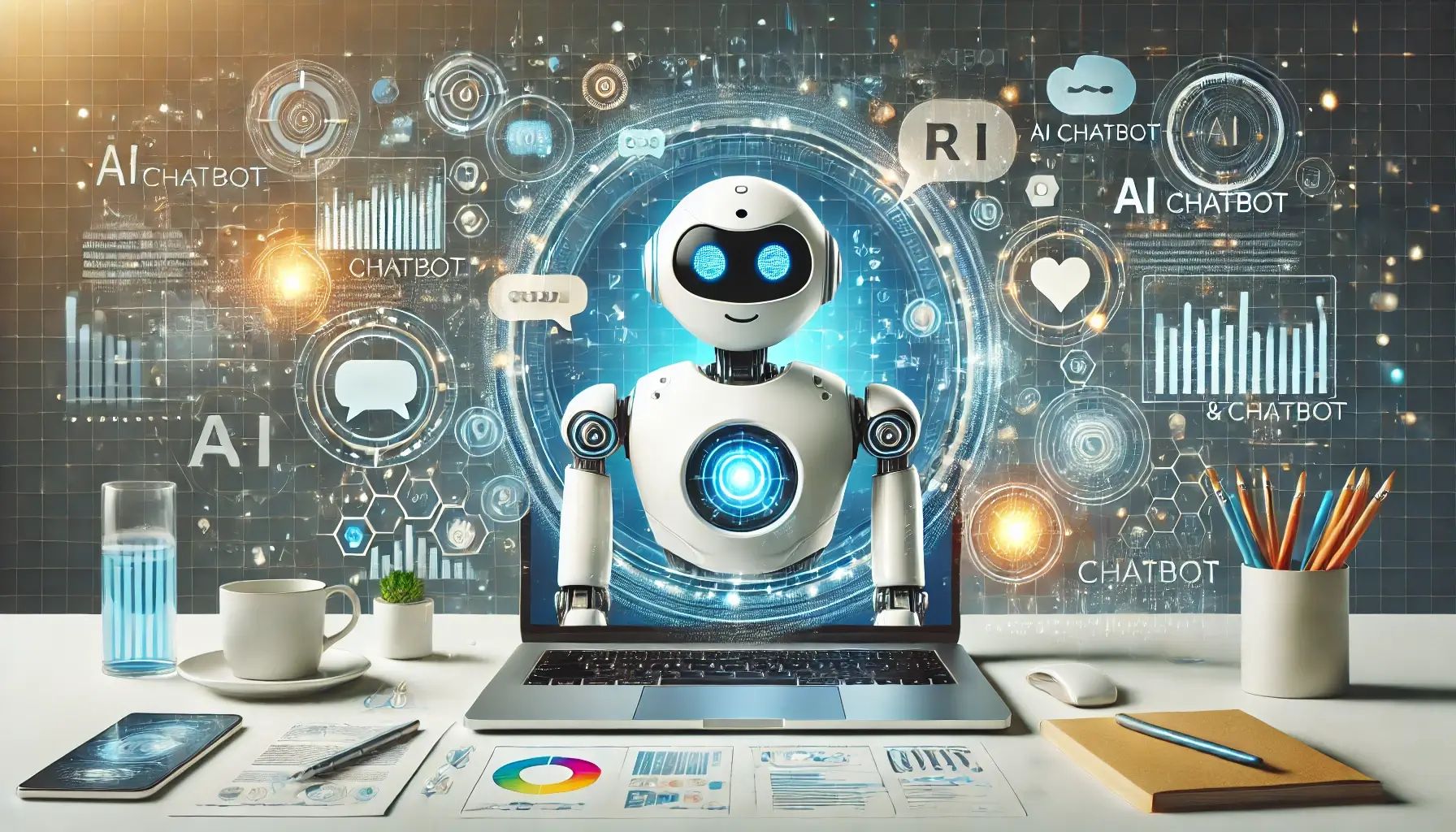
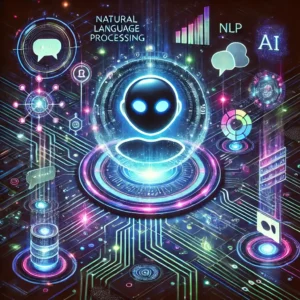 5. Benefits of AI Chatbots
5. Benefits of AI Chatbots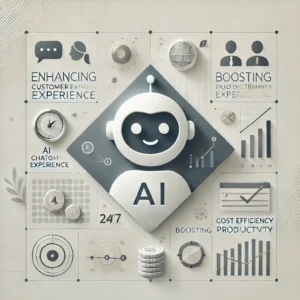 7. Challenges and Limitations of AI Chatbots
7. Challenges and Limitations of AI Chatbots